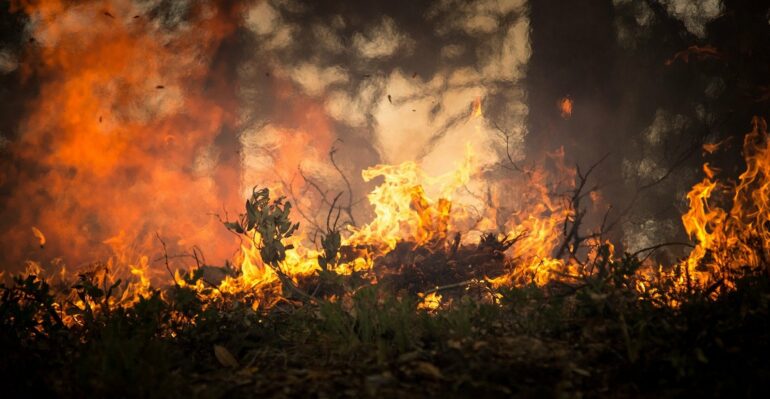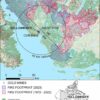The number of days per year that are simultaneously extremely hot, dry, and have a high fire risk have as much as tripled since 1970 in some parts of South America.
South America is warming at a similar rate to the global average. However, some regions of the subcontinent are more at risk of the co-occurrence of multiple climate extremes. These compound extremes can have amplified impacts on ecosystems, economy, and human health.
Raúl Cordero and colleagues calculated the number of days per year that each approximately 30 by 30 km grid cell on the South American continent experienced simultaneous hot, dry, and flammable extremes between 1971–2022. The results are published in Communications Earth & Environment.
Extremes for each condition were calculated from daily maximum temperature records, 30-day rainfall averages, and daily fire weather index records. The authors found that the frequency of these simultaneous extremes had increased across the entire continent.
There were particularly high increases—from fewer than 20, to as many as 70 days per year—around the Venezuela–Colombia border, in the northern Amazon, and in the north of the Río de la Plata basin in central South America. The authors also found that there was an increase in the variability of these simultaneous events from year to year over the past five decades.
The authors additionally found that the likelihood of the compound conditions occurring on a regional basis was affected by the El Niño-Southern Oscillation. During the warm El Niño phase, fire risk increased in the northern Amazon region, while the cooler La Niña phase led to increased fire risk in central South America.
The authors caution that increased fire activity and dry extremes are both a public health hazard and can cause further warming through the release of black carbon to the atmosphere.
They also highlight that these extreme events disproportionally affect vulnerable rural and indigenous populations, and suggest that policymakers in the region should have a greater focus on mitigating these extremes.
More information:
Raúl Cordero, South America is becoming warmer, drier, and more flammable, Communications Earth & Environment (2024). DOI: 10.1038/s43247-024-01654-7. www.nature.com/articles/s43247-024-01654-7
Citation:
Research shows heat, drought and fire risk are increasing in South America (2024, September 26)



